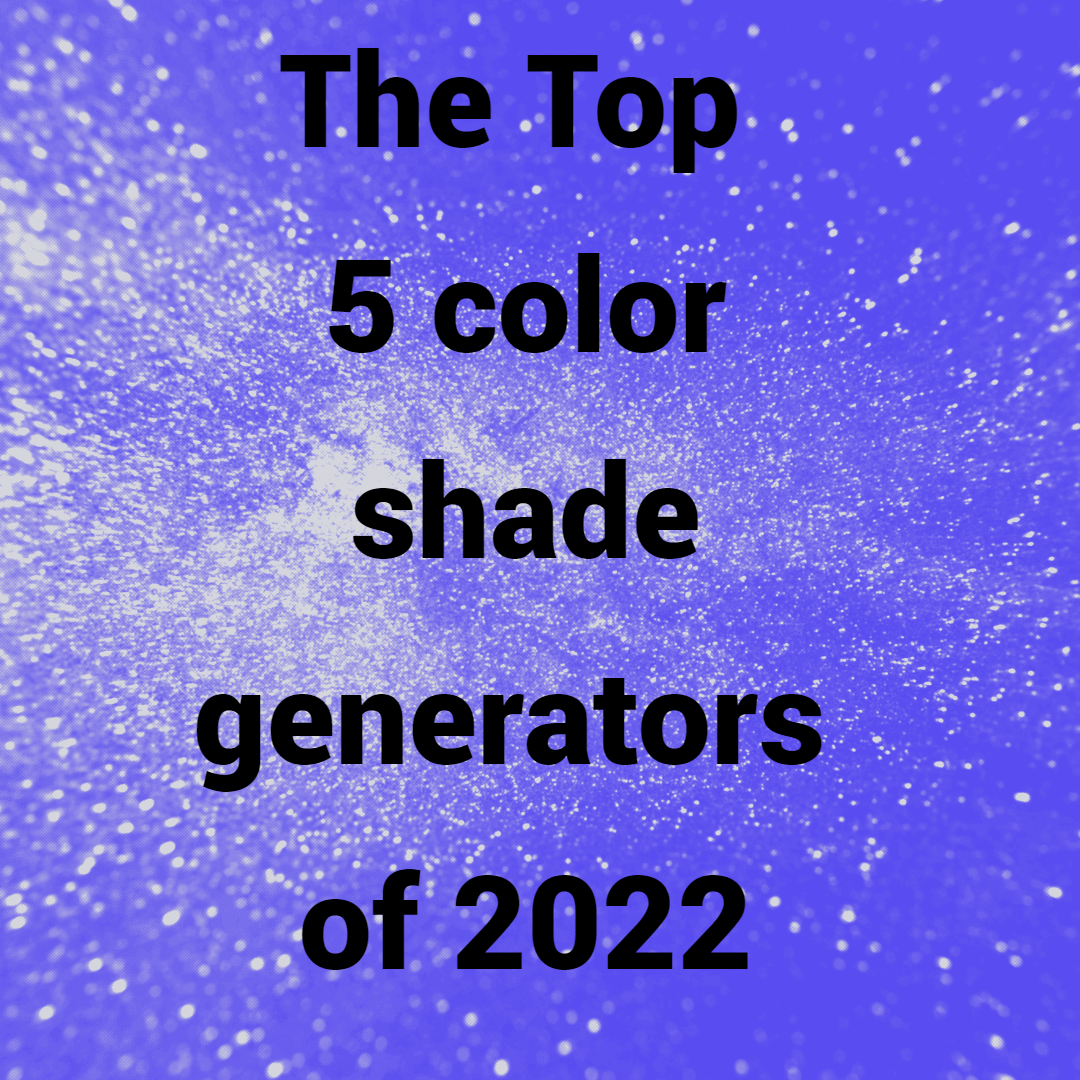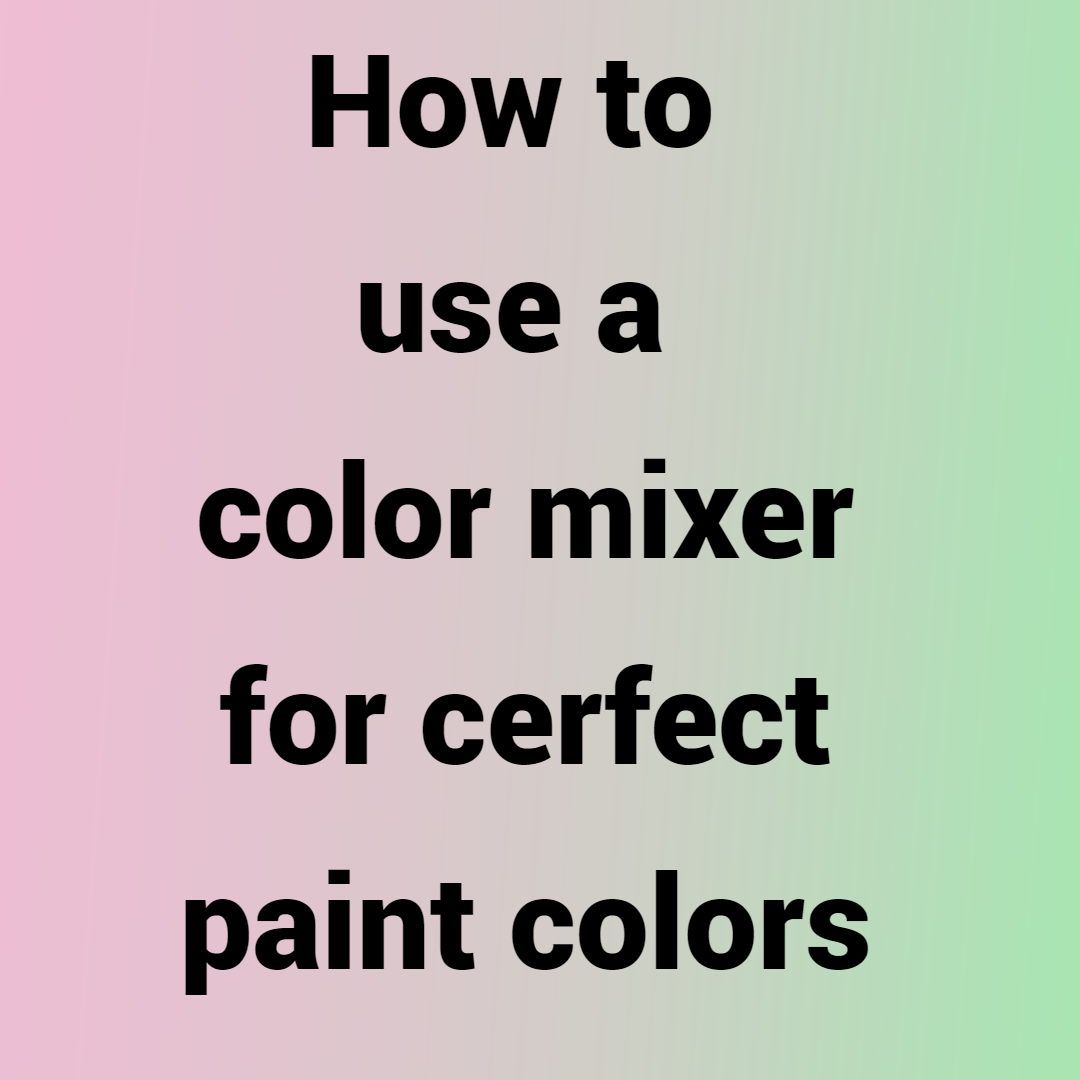Color gradients may be the web design fad to try this year if you’re looking for a unique and entertaining way to make your clients’ websites come to life. We’ll talk about using gradients in this article and give you some helpful advice and motivational examples.
Web design has traditionally used color gradients. Recall skeuomorphism, plGradients were used back then to give digital objects a 3D appearance. look.
Gradients, however, began to lose favor as flat and minimal design took over the web in the 2010s. It wasn’t because they were out of date; rather, designers didn’t use them much in light of the most recent web design trends.
One could argue that Instagram’s updated logo from 2016 gave web design gradients a fresh start.
Gradients quickly became commonplace once everyone realized what Instagram could do with color.
Gradients are still in use in 2022, where we currently find ourselves. Continue reading if you’re interested in learning how to use them or simply want a major boost of inspiration.
Understanding the Basics of Color Theory for Web Designers
Overview Of Contents
- Gradients: What Are They?
- How To Use Gradients In Web Design
- Website Design Gradients
- Tips for Gradient Design
- Examples & Trends of Web Design Gradients
What Is A Gradient?
A gradient is a subtle transition from one color to another. It lets designers practically invent a new color. By adding depth and realism to a design, gradients draw the eye to specific objects. Gradients, to put it simply, give an image depth.
Gradients can also be referred to as color maps because they have more color variations than solid colors, which have a single HEX code.
This kind of gradient consists of two colors that begin at the opposite ends of the element. In this case, the bottom-right corner is a darker blue, and the top-left corner is a lighter blue. The colors between the two blend together smoothly.
- As we’ve seen, color gradients are employed everywhere. From goods and packaging like the perfume collection from Zara:
- to hair color fads that we’ve seen on celebrities in recent years. Cardi B, Sarah Michelle Gellar, and Kylie Jenner are just a few celebrities who have tried gradients out:
- Gradient takeovers are nothing new in the digital world. Gradients have long been a source of experimentation for app designers. When Instagram redesigned its gradients in 2016, everyone was taken aback. Now, take a look at the state of our most well-liked products:
A variety of website elements can use color gradients, which are a current trend in web design. For instance:
- Logos
- Header elements
- Backgrounds
- Typography
- Icons
- Photos
- Buttons
We’ll examine a ton of brand examples that highlight some of the awesome things you can do with web design gradients as we continue reading this post.
The Benefits of Gradients in Web Design
Color gradients have made a comeback in recent years in web design.
Color gradients give us a way to add more texture, depth, and excitement to a web page that is otherwise flat and lifeless, which is similar to why Material Design and Flat Design 2.0 became popular.
There are additional justifications for using gradients on websites:
To Create New Color Schemes
It’s generally recommended to pick no more than two or three colors for a website’s color scheme. Color gradients, however, let you design with multiple colors at once rather than just one.
Consider this Spotify illustration:
The designer uses a gradient effect to blend the colors together rather than using a solid purple, blue, or black background for the hero section.
Gradients are used by Spotify in other contexts as well. The Loud & Clear report from Spotify is jam-packed with gradient backgrounds and animations:
Wherever users and artists encounter the Spotify brand online, this color scheme choice gives it a lot of life and fun.
To Captivate Visitors
Even if the colors are muted and the transition is subtle, the appearance of a color gradient can be quite alluring in and of itself. In spite of this, gradients don’t have to be constant.
You only need to visit the Stripe website to see a moving example of a color gradient:
There are many colors present, but it doesn’t seem overdone. Instead, the way they blend into one another—almost like lava—creates a striking effect that cannot be ignored.
To Help Visitors Focus Their Attention
With the help of web design, you can draw a visitor’s attention in a variety of ways. In this regard, color gradients are incredibly helpful.
Take Pepsi as an illustration:
This homepage features a lot of areas with strong blue coloration. But the radial gradient on the page should make users stop when they get to this point. The spotlight effect it creates around the Pepsi can is more to blame than the gradient itself.
Attention-grabbing linear gradients are another option. Usually, they are arranged in a certain direction to keep visitors’ eyes moving in the proper direction on the page.
- This can be seen all over the home Consider the shape with the gradient fill in the hero area:
- Undoubtedly, the gradient’s lighter edges will draw more attention than its darker center. The right-facing arrowhead will direct visitors’ eyes even more clearly toward the site’s introduction as they begin to gravitate toward the lighter edges.
- Lower on the page, you can also see the gradients. Once more, the lighter portions of the aid of block in sharpening users’ focus on the messages they contain.
To Make the Design More Memorable
Do you recall the time when Instagram changed its logo? Everyone was talking about it (for both good and bad reasons), including Matt Knorr on Medium, because it was such a big deal.
- Although it may not have been the best option from a usability standpoint, it left a lasting impression on its users, and the gradient design has been kept to this day.
- Amdocs is a different business that uses gradient branding:
- In stark contrast to the website’s dark background, Amdocs’s gradient menu indicators, buttons, and hover effects stand out.
- In contrast to Instagram, whose branding primarily appears as tiny details inside the app and typically against a white or grey background, they also cover larger swaths of space.
Additionally, the text’s major components make use of a gradient color scheme.
In doing so, Amdocs achieves two objectives. To start, make the typography more recognizable. The second is to make their brand messaging more prominent.
Gradients in Web Design: How to Make Them
For a website, there are three typical methods of creating gradients:
Option 1: Employ CSS3.
You can incorporate gradients into your WordPress website in this way if you’re comfortable with coding styles.
If you’re not used to creating CSS from scratch, don’t worry. Your gradients can be made using CSS Gradient:
This tool allows you to:
- Add or subtract colors
- Decide where they will begin and end.
- Intensify or lessen the intensity
- Choose between a linear and radial gradient.
- The rotation’s amplitude can be changed.
After completing the configuration, scroll to the bottom and grab the CSS.
Alternatively, you can use ColorSpace’s 3-color gradient generator to further simplify this:
Option 2: Apply ready-made gradients
You can always purchase pre-made gradients online if you’d prefer not to create your own.
If you need assistance coming up with gradient color schemes based on the primary color you’re working with, uiGradients is a good option:
If you want to use the gradient as a background for your website, you can then download the CSS for it or save it as a JPG.
WebGradients.com is an additional choice:
- For Sketch or Photoshop (if that’s where you do your designing), you can download the entire pack of 180 gradients or just a small CSS snippet or PNG file.
- There are many pre-made color gradients included in Gradient, another free tool. The gradient’s appearance is somewhat more under your control, though:
- You can alter the gradient’s rotation, add or remove colors, and alter the color-to-opacity ratios.
Option 3: Use Elementor to create gradients
With Elementor, you can easily complete the task inside WordPress if that’s what you prefer.
- To begin with, you can quickly make color gradients the background:
- With Elementor, you can also give your photos and videos filter effects. From the Style panel, you have total control over how your gradients appear:
- You can add gradients to smaller elements of your website as well as to its larger ones. To smaller elements like buttons, gradients can also be added:
It makes perfect sense to use color gradients when creating your call-to-action since they are guaranteed to draw attention wherever they are used.
Tips for Gradient Design
You should give your color gradients a lot of thought, just like you would a website’s color scheme. Observe the following advice:
1. Increase the third color in gradients to prevent a grey middle
There must be more than two colors used to create an appealing gradient:
- One for one
- One for the
- One for the other
There’s a chance the gradient won’t transition as smoothly, and you’ll get a greyish color in between them if you don’t set a midway linear-color-stop>. such as:
You can stop that from happening by setting a color value in the middle of the two “side-or-corner” values. One solution is provided here:
The third color value is a quick solution to the issue if you really want to produce a vibrant swatch of color. Try to find color values that are similar to one another if you prefer to keep the gradient more subdued.
2. Select a primary color that communicates effectively.
The mere fact that you’re using a gradient to produce a distinctive color effect does not allow you to ignore color theory. Make sure the primary color you pick creates the appropriate mood and conveys the appropriate feelings.
3. Permit Conflict but Not Contrast in Color
Contrasting colors and colors that just don’t go together well are two very different things.
Explore potential choices using the Canva color wheel tool:
Set the first field to your main color. Then use the color combination generator to explore color pairings for your gradient.
4. Continually be aware of your light source
You must plan your gradient with a light source in mind, even if it ends up looking more artificial than natural. The type of gradient you use—radial vs. linear—and the brightness of the gradient’s lighter end depend on the direction from which the light source emanates.
For instance, the EMBA for Eurasia page has a definite light source coming from the right side:
- Additionally, you can direct visitors more effectively to the page’s most crucial areas by using the gradient’s directionality, which should be at the lighter end.
- The Orson website provides an intriguing illustration of this:
- Here, the animated gradient orb accomplishes a few tasks. The main point of “Building Trust” is really highlighted in the first instance. The second is that this site feels energizing due to the lighter colors combined with the animation, which should entice visitors to continue browsing to see what else is available.
- Altering the ratio of light to dark along the gradient can also be done using the design principle of visual hierarchy to subtly direct visitors’ attention.
5. Take Care When Banding
Lines that appear within color gradients are called bandings. Visitors will thus notice a subtle differentiation between the color values rather than a smooth transition from one color to the next.
- This occurs when there aren’t enough color values to completely fill the gradient. There are several explanations for why this occurs.
- First, the image’s bit depth might be too low. Additionally, large images tend to experience it more frequently. The reason for this is that large images separate the two colors too widely for a smooth transition to take place. And if there’s a huge contrast between your colors, you’re more likely to see it as well.
- If you’re having trouble with banding, try using the noise and dither settings in your image editing software to try and smooth out those bands. Or perhaps you just need to experiment with different hues.
- Most of the banding is gone from this color swatch. The gradient no longer looks as artificial, despite the palette not being the most colorful.
-
Remember that this isn’t a tenet that must be upheld at all times. There are plenty of web designers who use extreme gradients without running into the issue of banding. Oftentimes blurring is used and the gradients take on a more bokeh-style look.
- On the websites of creatives, this is a design decision that is becoming more prevalent. These unconventional decisions can actually work really well as long as they don’t detract from the aesthetic of the artists’ portfolios.
- The creative firm Zeus Jones chose to use gradients that pushed the envelope. Only at the top of the homepage does this animated background appear:
- To keep the focus on the work and messaging without being distracted, the rest of the site uses stark, solid background colors.
6. Stunning Web Design Gradient Examples
Today’s web designers are utilizing gradients in a wide variety of ways. Let’s examine some of the most well-liked trends:
1. Gentle, Gradient Transitions
The gradient that should be your main focus is found approximately halfway down the Recess home page. The background of the blue sky gradually changes to pink. Visitors who scroll down the page to read the text and view the graphics might not even be aware of the change until the background has changed to a much darker shade of pink.
Another lovely illustration of soft gradients in action is Gucci Beauty:
The eye candy on this one, however, can be enjoyed without scrolling. Above the fold, a background made up of soft gradients rotates.
2. Backgrounds with multiple color gradients
Every year, the KIKK Festival advertises its annual conference on a bizarre website. This one shows how to use a variety of colors in a single gradient without making it appear overwhelming. The colors are dispersed across the entire length of the home page and slowly change from one to the next.






